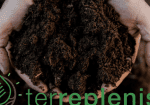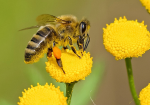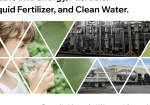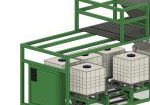Life Beyond Tilling
Since the soil is teeming with life too small to see, it is easy to do a lot of damage to its structure and composition without realizing anything has happened. Mechanical tilling has been the field preparation process for small and large scale farmers alike for decades, but pulling out the tractor or tiller this spring could end up hurting your soil instead.
Tilling churns the soil to expose lower layers to the sky. This allows oxygen to reach a lot more of the dirt’s surface area, drastically increasing free living bacteria and fungal activity immediately. These little microbes love getting all the oxygen they can absorb. Unfortunately, stoking the fire in this way means they also eat up all the available organic matter in the soil at a very fast rate. Since this is often done weeks before planting, the action of tilling can cause the microbes to eat up their food supply and starve out before roots can get in the ground to take advantage of all that activity.
Rising popularity of No-Till farmers with thousands of acres are understandably reluctant to switch to a no-tilling method, but CSA and green house owners can experiment with it much easier. It does usually take a few years for the microbes and fungi to create a strong network in undisturbed soil. However, after that time period there are marked improvements in the number of beneficial bacteria and must have fungi. Adding in an active product like Terreplenish® is a fast way to jump start a new no-till project and avoid the slightly reduced yields commonly seen when first switching over. Give your plants a boost first, then let the soil take over and leave it undisturbed to build soil fertility that doesn’t rely on constant chemical inputs.
Related Posts
Grow Better with Terreplenish®
Proven nitrogen-fixing results from our blend of proprietary
free-living nitrogen-fixing microbes.
100% all natural and OMRI listed for organic use on:










